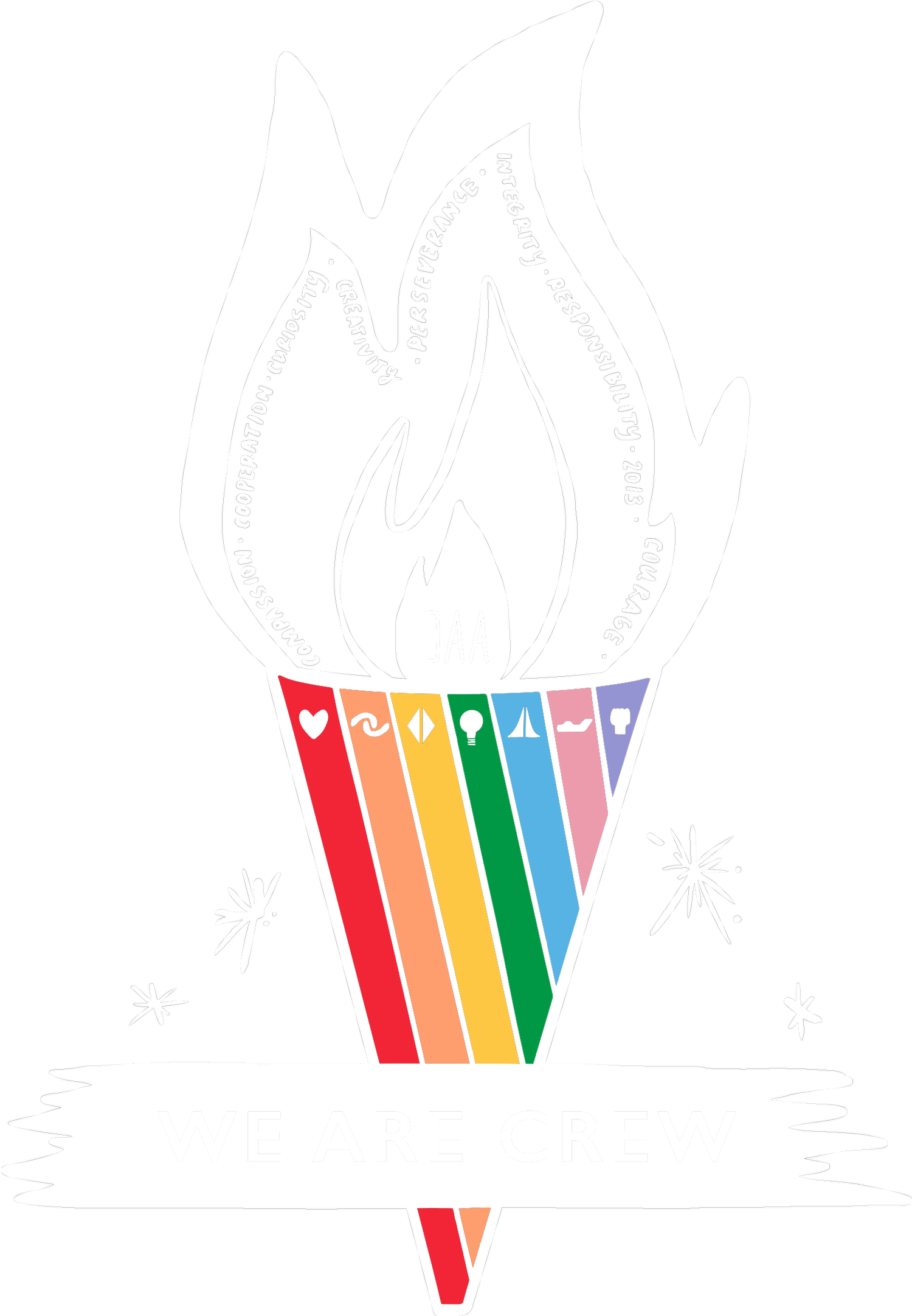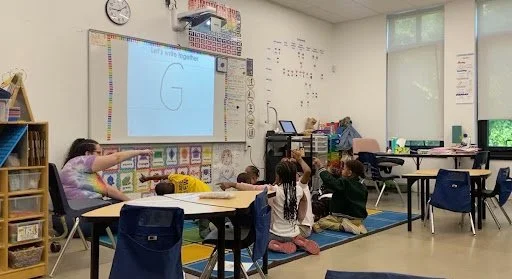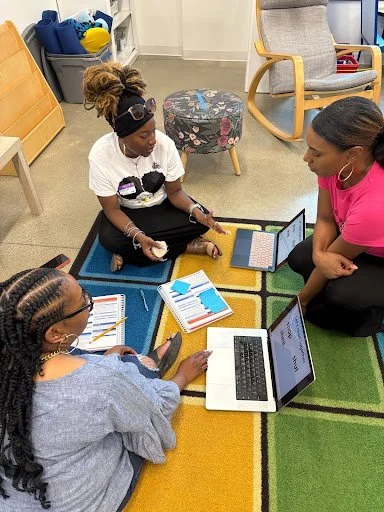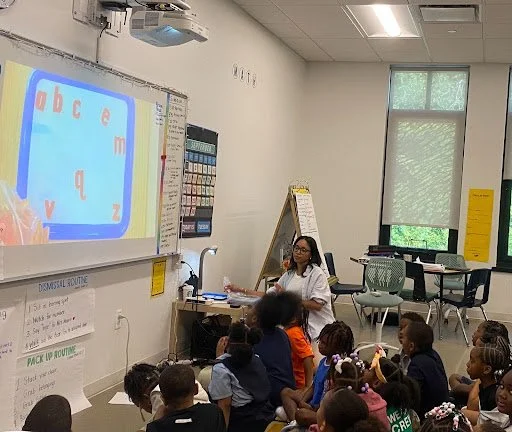Shifts in Literacy Instruction at DAA and DP
“Vowel valley”. “Articulatory gestures”. “Phonemic awareness”. “Irregular words.” If you were to peek into Kindergarten, 1st, or 2nd grade classrooms at DAA or DP this year, these might be some terms you would hear used during our Literacy block. But what do all of these terms mean, and what is happening in our district?
As a district, we have embraced learnings from the Science of Reading movement that have dominated the field of early literacy in the past several years. The Science of Reading is a body of research that draws upon learnings from neuroscience, psychology, linguistics, and education, to draw conclusions about how students learn to read and write.
In the past, many reading classrooms were dominated by teaching students to use picture clues to figure out unknown words, and use prior knowledge from outside of school to make sense of a text. In this current movement, educators are now focused on explicit phonics, which includes teaching all of the sounds that letters and letter combinations can make, breaking apart words into regular and irregular parts, and teaching rules of spelling to help students to attack an unknown word.
At DAA and DP, we have shifted our instruction to center this approach in a few ways. Last year, we started utilizing a new benchmark assessment in Kindergarten and 1st grade called Acadience, that assesses students’ ability to “sound out” a spoken word, to read a list of “nonsense” words, and to read a grade level passage with speed and accuracy. Our staff also spent the entire 2024-2025 school year learning about the Science of Reading in monthly Professional Development sessions, aligned to Michigan’s K-5 Reading Essentials.
The BIGGEST shift we have made is adopting a new phonics curriculum in K-2 this year, called “UFLI Foundations”, which was written and published by the University of Florida’s Literacy Institute. In this curriculum, we are teaching students about the different articulatory gestures (the ways their mouths move) when they make different sounds, we are requiring students to read and write passages multiple times a week, and we are teaching students to break apart words to notice the spelling patterns and irregular parts of words. We are most excited by how interactive this curriculum is, how much reading students will participate in on a regular basis, and how early and often it will expose students to challenging words they will encounter in grade-level reading passages.
We are looking forward to seeing the impacts these shifts in instruction, assessment, and professional development will have on our young readers. Stay tuned!




